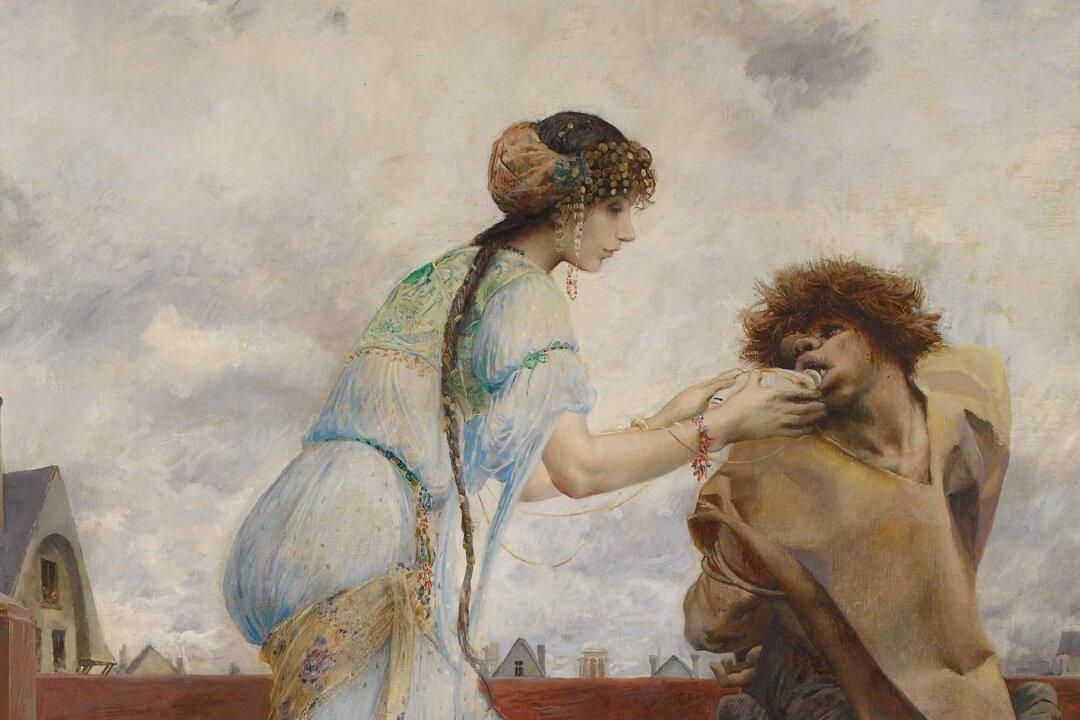What are monsters? We often consider them dangerously different people, creatures, and things that loom on the outskirts of our lives.
We construct societies with agreed-upon standards, norms, and laws to benefit our livelihood and safety. Monsters are the very things that challenge and disrupt our sense of security and self-esteem. We can learn a lot about ourselves based on how we react to this type of disruption.





